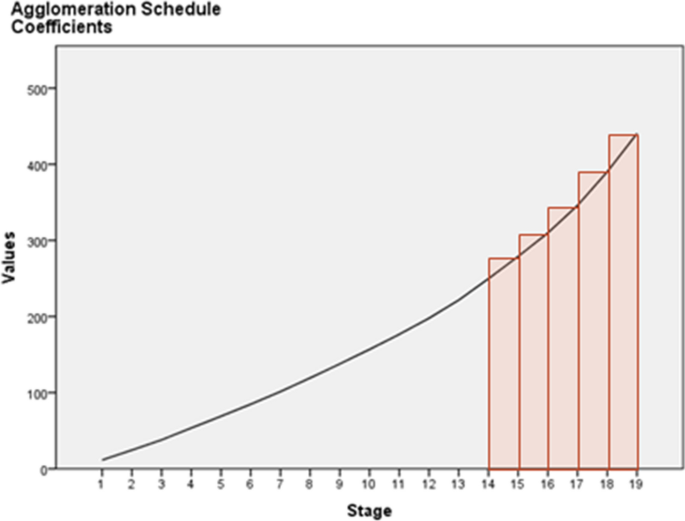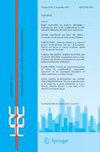Sociopolitical economy and spatial accentuation of neighbourhood gentrification in East Malaysia
IF 1.8
3区 经济学
Q3 ENVIRONMENTAL STUDIES
引用次数: 0
Abstract
Abstract The rapid displacement and land expropriation from property owners are generating an imbalance between lower-income households and the developers in many communities in the central area of large cities worldwide. While the need to prevent urban decline, rejuvenate declining/dilapidating neighbourhoods and promote sustainable urban development has always been at the forefront of neighbourhood gentrification, developers are the major beneficiaries of the rapid rise in property prices. This study examines the important drivers of gentrification in East Malaysia from political, economic, social and spatial lenses. This research was analysed using a questionnaire survey data collected from housing developers and other allied professionals with relevant experience in neighbourhood gentrification in East Malaysia. Then, the hierarchical clustering technique followed by the Relative importance index (RII) computation was used to determine the relationship between the identified driving factors, the grouping of drivers into relatable clusters, as well as to determine the most influential cluster and drivers encouraging the course of neighbourhood gentrification. The study uncovers a compelling insight: although political factors exert the greatest influence on neighbourhood gentrification, it is crucial to acknowledge the substantial roles played by economic, social, and spatial drivers in its emergence, albeit to a somewhat lesser degree. Our findings emphasise the pivotal importance of eight political derivatives, which shape and contribute to the complex dynamics of gentrification, underscoring their significance in understanding its multifaceted nature. The findings of this research are a valid reference point for the relevant stakeholders to garner greater insight into the particularities of neighbourhood gentrification in East and Malaysia and many urban communities around the globe.

东马来西亚社区高档化的社会政治经济和空间强化
摘要:在世界范围内,在大城市中心地区的许多社区中,业主的快速迁移和土地征用导致了低收入家庭与开发商之间的不平衡。防止市区衰落、活化衰落/残破的社区,以及促进城市可持续发展,一直是社区高档化的首要任务,而发展商则是楼价快速上涨的主要受益者。本研究从政治、经济、社会和空间角度考察了东马士绅化的重要驱动因素。本研究使用问卷调查数据进行分析,问卷调查数据收集自东马的住房开发商和其他具有社区高档化相关经验的相关专业人士。然后,采用分层聚类技术和相对重要性指数(Relative importance index, RII)计算,确定了识别的驱动因素之间的关系,将驱动因素分组到相关集群中,并确定了最具影响力的集群和推动社区中产阶级化进程的驱动因素。该研究揭示了一个令人信服的见解:尽管政治因素对社区中产阶级化的影响最大,但承认经济、社会和空间驱动因素在其出现中发挥的重要作用至关重要,尽管程度较低。我们的研究结果强调了八种政治衍生品的关键重要性,它们塑造并促进了中产阶级化的复杂动态,强调了它们在理解其多面性方面的重要性。这项研究的结果为相关利益相关者提供了一个有效的参考点,以更深入地了解东部和马来西亚以及全球许多城市社区的社区中产阶级化的特殊性。
本文章由计算机程序翻译,如有差异,请以英文原文为准。
求助全文
约1分钟内获得全文
求助全文
来源期刊
CiteScore
3.70
自引率
10.50%
发文量
63
期刊介绍:
The Journal of Housing and the Built Environment is a scholarly journal presenting the results of scientific research and new developments in policy and practice to a diverse readership of specialists, practitioners and policy-makers. This refereed journal covers the fields of housing, spatial planning, building and urban development. The journal guarantees high scientific quality by a double blind review procedure. Next to that, the editorial board discusses each article as well. Leading scholars in the field of housing, spatial planning and urban development publish regularly in Journal of Housing and the Built Environment. The journal publishes articles from scientists all over the world, both Western and non-Western, providing a truly international platform for developments in both theory and practice in the fields of housing, spatial planning, building and urban development.
Journal of Housing and the Built Environment (HBE) has a wide scope and includes all topics dealing with people-environment relations. Topics concern social relations within the built environment as well as the physicals component of the built environment. As such the journal brings together social science and engineering. HBE is of interest for scientists like housing researchers, social geographers, (urban) planners and architects. Furthermore it presents a forum for practitioners to present their experiences in new developments on policy and practice. Because of its unique structure of research articles and policy and practice contributions, HBE provides a forum where science and practice can be confronted. Finally, each volume of HBE contains one special issue, in which recent developments on one particular topic are discussed in depth.
The aim of Journal of Housing and the Built Environment is to give international exposure to recent research and policy and practice developments on the built environment and thereby open up a forum wherein re searchers can exchange ideas and develop contacts. In this way HBE seeks to enhance the quality of research in the field and disseminate the results to a wider audience. Its scope is intended to interest scientists as well as policy-makers, both in government and in organizations dealing with housing and urban issues.

 求助内容:
求助内容: 应助结果提醒方式:
应助结果提醒方式:


